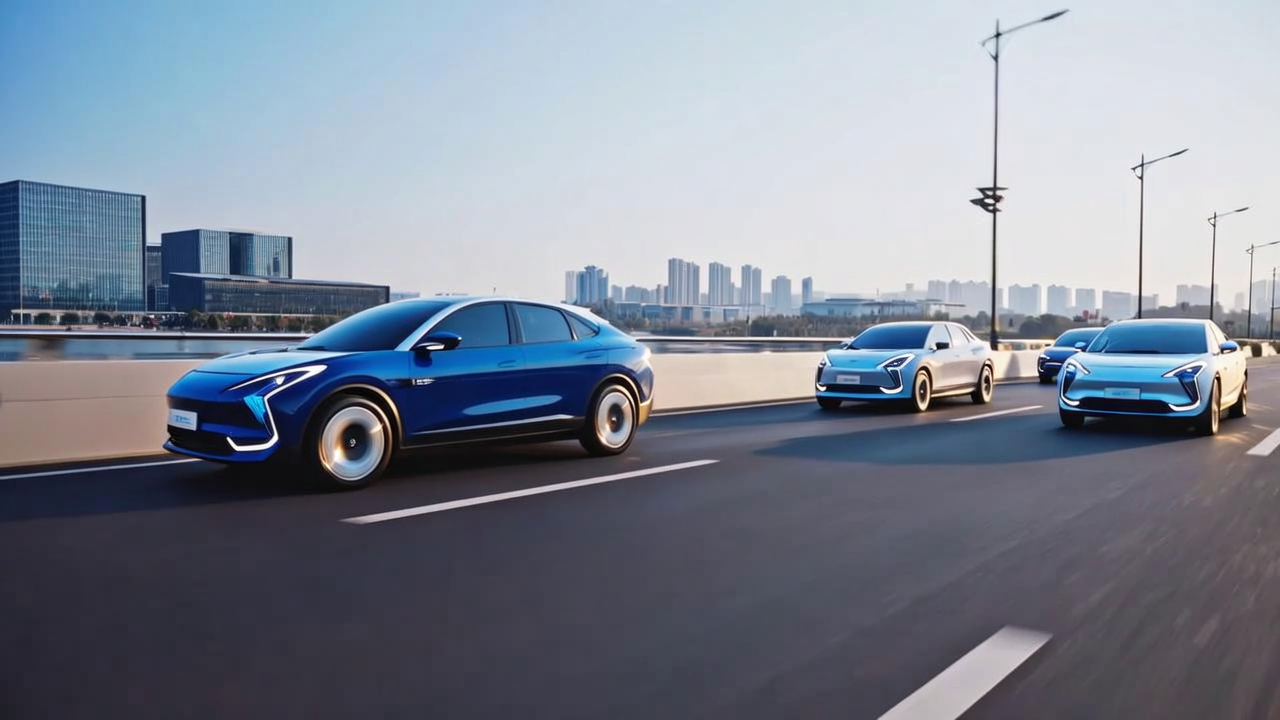
AI-generated image
China’s top battery maker CATL reported impressive third-quarter earnings, with revenue hitting $14.28 billion, up nearly 13% from a year earlier, and net profit soaring 41.2% to $2.54 billion, according to its financial filing on Tuesday.
Cumulative revenue for the first three quarters reached $38.8 billion, with net profit exceeding $6.7 billion, keeping CATL at the forefront of the global EV battery industry.
While the numbers are striking, analysts caution that the real story lies in the drivers and sustainability of this growth amid a rapidly shifting industry landscape.
CATL’s Q3 net profit growth of 36.2% year-on-year outpaced revenue growth of 9.3%, partly due to non-recurring factors rather than just operational gains. Financial improvements added an estimated $562 million, mainly from currency fluctuations and higher interest income. Investment gains contributed around $288 million, while a reduction in asset impairment losses added roughly $356 million to the bottom line.
While the core business remains strong, this indicates that part of the profitability surge comes from financial and investment activity rather than solely from battery sales.
CATL’s installed capacity rose to 210.67 GWh in the first three quarters, a 33.6% increase year-on-year. But the company’s domestic market share fell to 42.75%, down 3.1 percentage points—the lowest in five years—according to the China Automotive Power Battery Innovation Alliance.

Rival battery makers, including Gotion High-Tech, CALB, and EVE Energy, are steadily gaining ground. Former partners such as Xpeng, NIO, and Li Auto are shifting to other suppliers, highlighting that CATL’s market dominance is being challenged.
To offset pressure in the EV battery market, CATL is expanding into energy storage and commercial vehicles.
Government policies are supportive: the National Development and Reform Commission and the National Energy Administration have encouraged energy storage projects that profit from peak shaving and frequency regulation. Meanwhile, the Special Action Plan for Large-Scale Construction of New Energy Storage (2025–2027) targets 180 million kW of storage by 2027, driving about $34.2 billion in investment.
CATL’s Q3 shipments of power and energy storage batteries totaled 180 GWh, with energy storage accounting for 20%. The company’s newly launched 587Ah large cell product, notable for high energy density and safety, has quickly gained market traction.
Production capacity, however, remains a bottleneck. CATL is ramping up output across bases in Jining, Ruiqing, Yichun, Xiamen, Qinghai, and Ningde, with Jining alone expected to add 13.7 GWh by 2026.
Commercial vehicles are also gaining momentum. CATL estimates truck battery demand is growing 100%, with logistics vehicles over 60%, signaling that the economic tipping point has arrived. Heavy-duty truck electrification is projected to climb from 23% today to more than 60% by 2030, with battery swapping suited for long-haul and charging solutions for short-haul transport.
Industry Transformation Poses Challenges
Beyond strong earnings, the battery industry itself is undergoing a structural shift. Large battery cells and modular system designs are standardizing the market, eroding the technological lock-ins that once protected CATL. Automakers increasingly pursue split-sourcing or build in-house battery teams, diminishing CATL’s previous advantage.
Emerging technologies—from semi-solid-state to sodium-ion batteries—as well as innovations in cathode materials, are diversifying the market. CATL’s challenge is to maintain leadership across multiple technological paths while switching capacity and ecosystems effectively.
The competitive landscape is also expanding beyond the battery itself. Battery swapping networks, integrated solar-storage-charging solutions, and asset management services are becoming key battlegrounds. CATL’s ability to dominate will depend not just on capacity, but on network connectivity, operational efficiency, and data management.
While CATL’s Q3 performance highlights operational strength, the real test lies in sustaining growth amid industry transformation. The company must continue innovating, securing strategic nodes, and adapting to a market where batteries are no longer just components but integrated elements of a broader energy ecosystem.
更多精彩内容,关注钛媒体微信号(ID:taimeiti),或者下载钛媒体App

